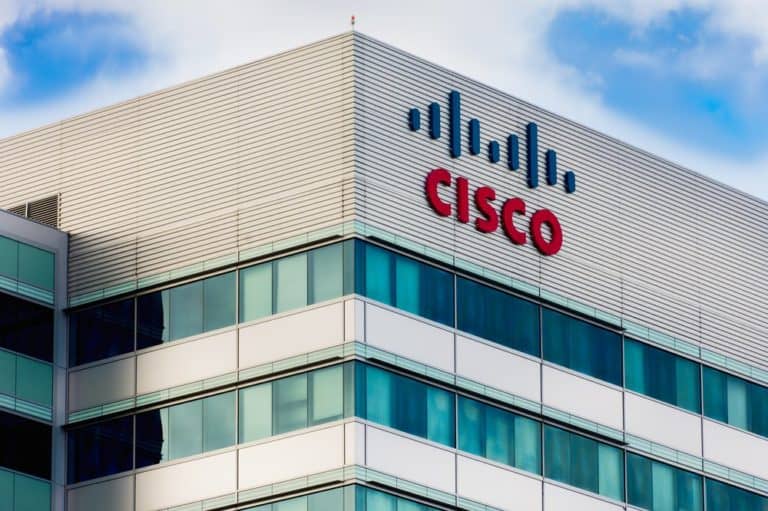Cisco has introduced Cisco Plus. This is a subscription model that allows customers to purchase Cisco equipment and pay for it periodically.
Cisco Plus makes it possible to purchase computer, network and storage equipment via an as-a-service model. In combination with Cisco’s growing software portfolio, almost all Cisco products will eventually have a similar subscription model. Eventually, the company would aim for a network-as-a-service (NaaS) model and offer its entire portfolio in such a model.
Data centres and hybrid cloud
With its new offering, Cisco is focusing on data centres and hybrid cloud deployments. This year, for example, it will launch a solution that brings together network, security and visibility across access, WAN and cloud.
By offering multiple Cisco services together, NaaS models allow customers to integrate their applications and clouds and pay on an ongoing basis, rather than laying out a large sum of money upfront. The company initially plans to focus on SASE applications but will expand this later.
Integration with ThousandEyes
Apart from greater flexibility, Cisco particularly emphasises an improvement in visibility. For this purpose, it wants to use the possibilities of ThousandEyes, which it acquired last year. Earlier this week, Cisco announced that it would incorporate these services in its switches and AppDynamics. Cisco also mentions the high degree of self-service as an advantage.
Available this year
The first part of Cisco Plus that will become available is Cisco Plus Hybrid Cloud. This service combines data centre compute with Cisco’s Unified Compute System, together with Nexus for networking and storage, further complemented by external storage and software for on-premise, edge and public cloud. The service will be launched in the Netherlands, Germany, the UK, the US, Canada and Australia in mid-2021. Customers can specify their requirements in advance and then receive their equipment in 14 days.
Tip: Cisco integrates ThousandEyes in switches and AppDynamics
